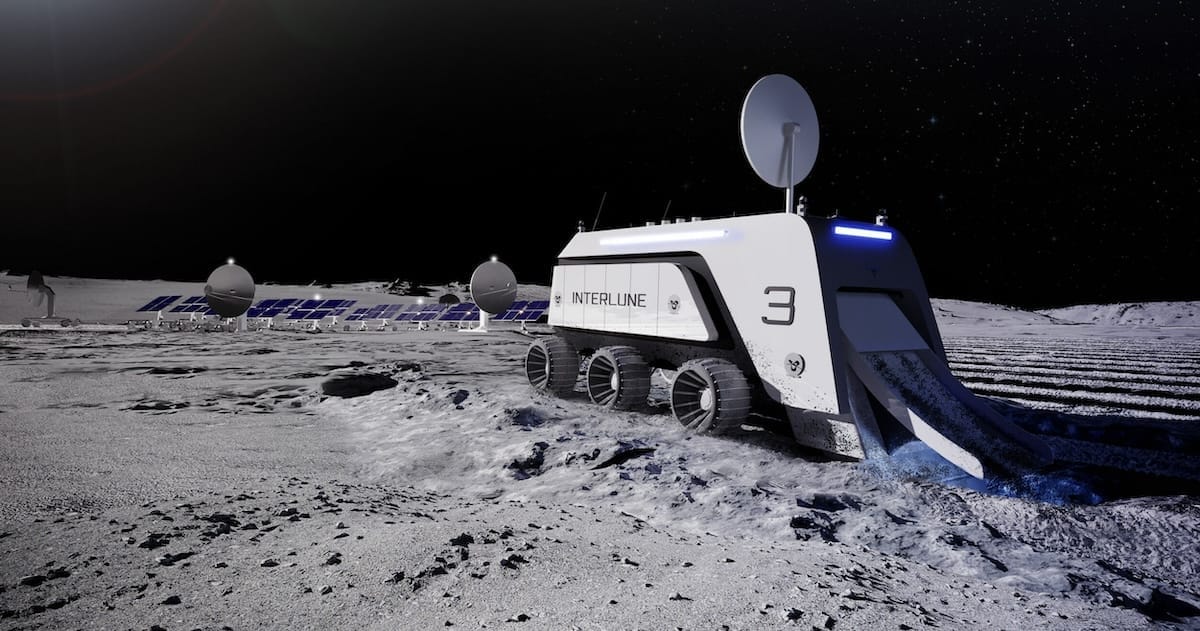
It’s one of the most attractive benefits to nuclear fusion.
Aside from its higher energy density, smaller footprint, and better economics…
Fusion reactions produce little, and sometimes no, radioactive byproducts.
That makes it hard to beat as a source of limitless, cheap clean energy…
And a topic worth exploring in more depth.
After all, the tides are turning on nuclear energy — as we recently explored. And the companies that are minimizing or eliminating any radioactive byproducts are the most interesting to look at right now.
Last week, we explored the stellarator, a unique and promising nuclear fusion reactor design. It’s now seeing renewed interest. (Outer Limits — A Stellar Breakthrough in Fusion)
And in February, we had a look at some of the latest developments in another approach to fusion via the tokamak fusion reactor designs. (Outer Limits — A Path Towards Limitless Clean Energy)
Both of these fusion reactor designs are promising for providing utility-scale, clean energy production — enough to power cities.
The fuel used in these reactions is deuterium and tritium (D-T), which are hydrogen isotopes. Deuterium and tritium are widely available and easy to produce.
They also fuse at lower temperatures and give off large amounts of energy.
D-T in… lots of energy out, as we can see in the illustration below.
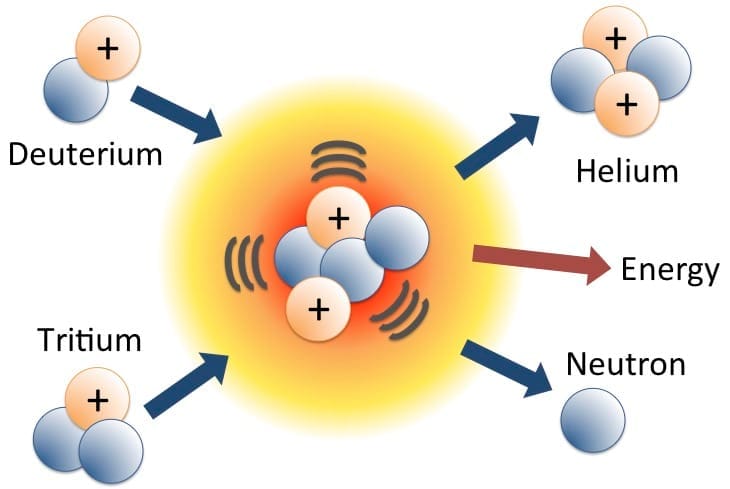
It’s easy to understand why using D-T reactions is popular in nuclear fusion.
The use of D-T as a fuel source for fusion reactions doesn’t produce any high-level radioactive waste.
It does, however, consume and produce tritium, which is radioactive, but has a very short half-life of just 12.33 years. As tritium decays, it simply changes to helium.
The other byproduct of D-T reactions is neutrons. Neutrons bombard the fusion reactor equipment, which needs to be replaced over time.
The limited radioactivity of the vessel itself is also short-lived — on the order of 50-100 years, compared to thousands of years for past generations of nuclear fission power plants. (We’ll recall that nuclear fission is not the same as nuclear fusion. Anyone needing a refresher can catch up right here.)
That’s not to mention that radioactive byproducts of nuclear fission reactions can remain radioactive for potentially millions of years.
I’d prefer not to have that kind of waste hanging around, especially when we have such an incredible alternative with nuclear fusion.
And while tokamak fusion reactor designs tend to get most of the attention, there are forms of nuclear fusion reactors that do not emit neutrons at all, some of which have no radioactive waste.
“Aneutronic fusion” means without neutrons. A-neutronic.
Aneutronic fusion reactors are capable of producing a nuclear fusion reaction… without emitting neutrons.
Not only is this attractive because aneutronic reactions aren’t radioactive, they also reduce the wear and tear on the fusion reactor.
The most exciting aneutronic technology for fusion reactors is a field-reversed configuration (FRC) design. And there are two companies that standout in FRC fusion reactors: TAE Technologies and Helion.

TAE Technologies has been around since the late 90s and has been the pioneer in the FRC approach to nuclear fusion. Shown above is a cross section of its current, 5th-generation fusion reactor called Norman.
It’s a cool design. Stable, toroidal plasmas are “shot” from both the left and right side into a plasma chamber. The easiest way to describe it is to imagine smoke rings being shot into a central chamber and combining into a fusion plasma.
The devices around the center of the fusion chamber use neutral beams to stabilize the fusion reaction. The advantage of this design is that it has less plasma instabilities compared to a tokamak fusion reactor design.
The best part of TAE’s FRC design is that it uses hydrogen-boron-11, p-B11, as its fuel for the fusion reaction. P-B11 yields no neutrons. And it yields no radioactive waste.
It’s hard to imagine a more perfect source of utility-scale, limitless clean energy.
The only downside to TAE’s approach is that higher temperatures will be required to maintain the fusion reaction — on the order of 100-150 million degrees Celsius. (This isn’t a bad problem, just an engineering challenge to work at such high temperatures.)_
That’s what TAE’s 6th-generation design, Copernicus, will demonstrate within the next year or two.
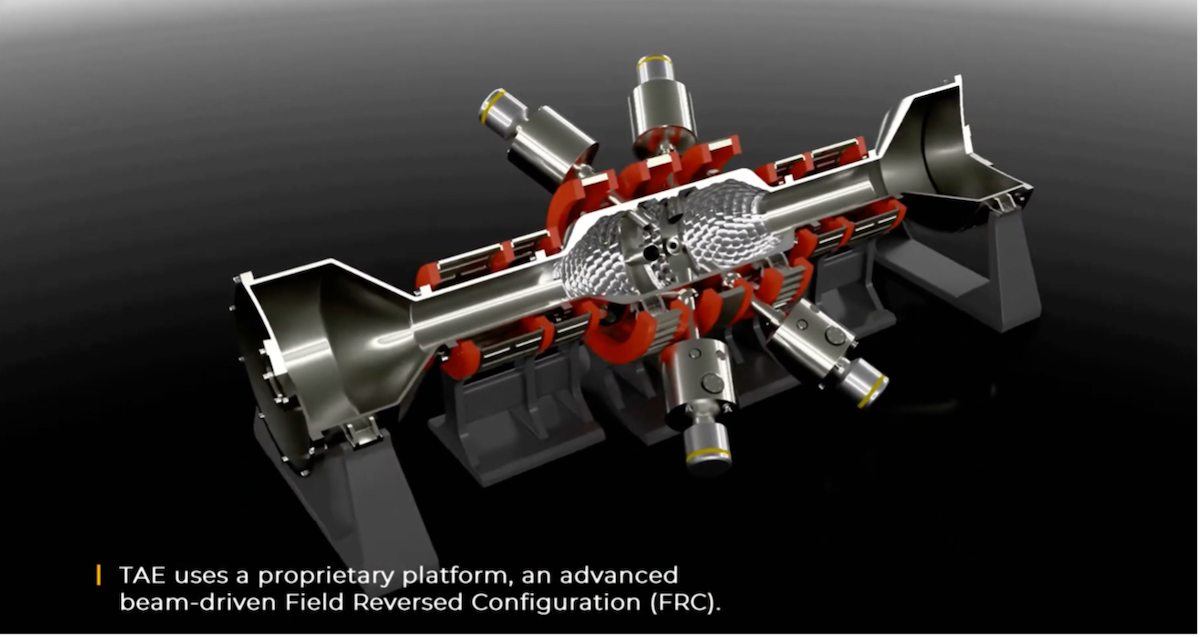
TAE’s last financing round was in the summer of 2022 when it raised $250 million. The company is now valued at $7.25 billion.
At least once a year, I see secondary shares on offer for TAE, so there are usually windows to invest in this private company.
The other major player in FRC fusion reactor designs is Helion.
Helion is only about a decade old, but just started to get more attention after a recently announced deal with Microsoft. It was last valued at $3.7 billion in its 2021 funding round as a private company.
Signed last year, Microsoft agreed to purchase power from Helion Energy by 2028, as a way to secure utility-scale, clean energy for its own operations.
Helion’s first commercial FRC fusion reactor will be at least 50 megawatts, enough to power about 50,000 homes in the U.S.
From the outside, Helion’s current generation of FRC fusion reactor looks similar to TAE’s Norman and Copernicus.
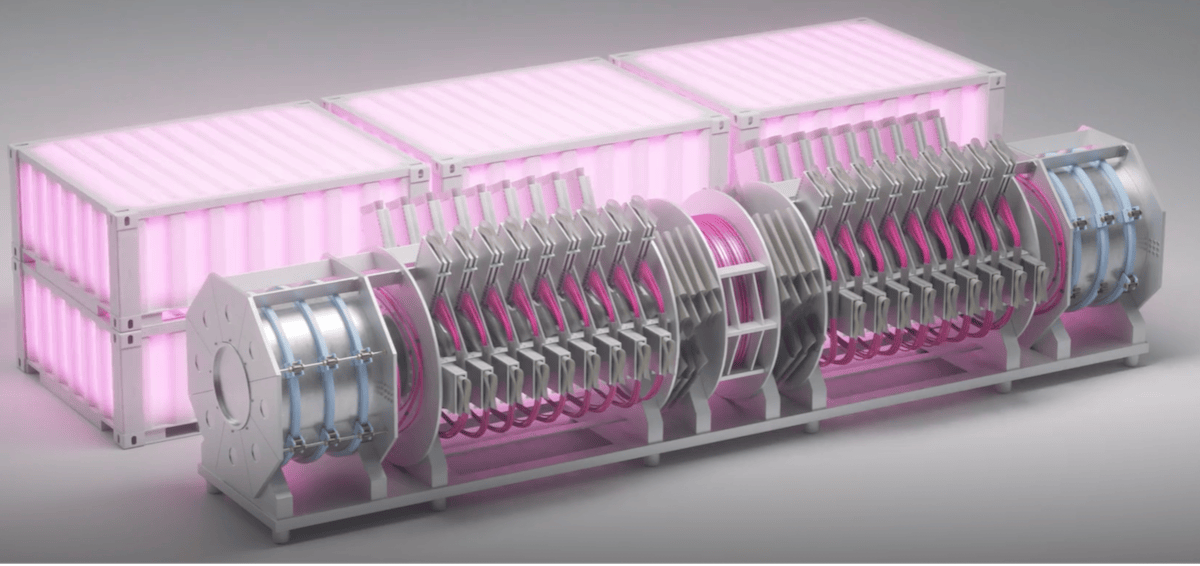
The technology is similar as they are both field-reversed configuration designs.
TAE however “wraps” its fusion chamber with liquid that is heated from the energy produced, which is then used to power a steam generator.
Helion uses a technique by which the change in the magnetic field of the reactor induces a current, which is captured as electricity. This is unique as it will negate the need for a steam generator.
The other dynamic that makes TAE and Helion different it their fuel source. Helion will use a deuterium-Helium-3 (D-He-3) fuel source.
Helion’s D-He-3 reactions aren’t entirely aneutronic, but they are pretty close. Only about 5% of the energy released comes from neutrons. That means that any wear and tear on the reactor will be greatly reduced as will the radioactive byproduct, compared to that of a tokamak or stellarator fusion design.
The biggest issue with Helion’s design is its fuel source. There are no terrestrial resources of He-3 available. It can be produced through deuterium-deuterium reactions, but this is expensive and time consuming.
The other alternative is mining He-3. But this must take place on the surface of the moon — where it is estimated that 1.1 million tons of He-3 exist.
There is even a startup, Interlune, which has a business model entirely focused on mining Helium 3 on the moon.
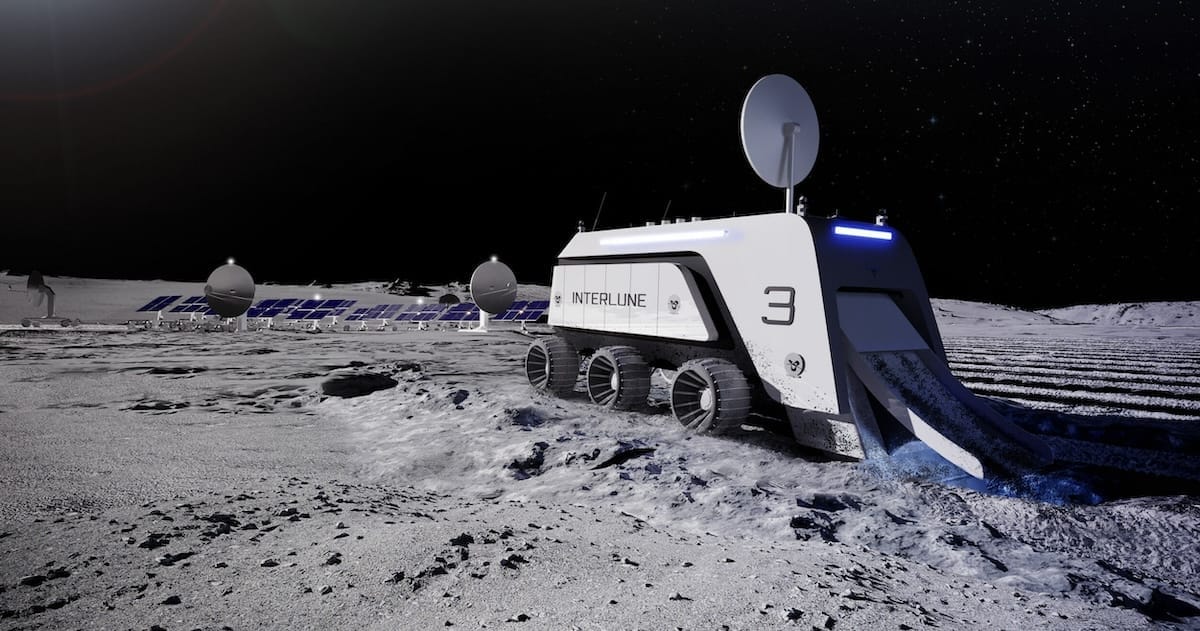
Either way, none of the challenges for TAE and Helion are insurmountable.
And in less than five years, I believe both companies will have successfully built and demonstrated full-scale, pre-commercial prototypes for their FRC fusion reactors: the cleanest forms of nuclear fusion technology currently being built.
We always welcome your feedback. We read every email and address the most common comments and questions in the Friday AMA. Please write to us here.